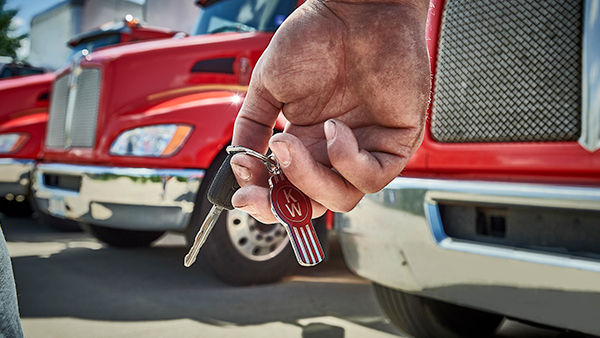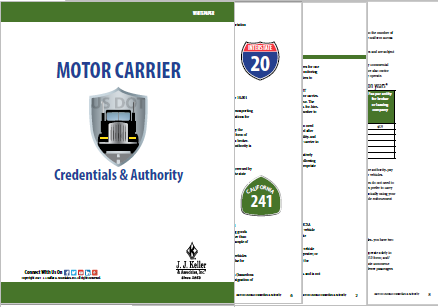The FMCSA regulates motor carriers for one primary purpose: to protect the public. Attempting to determine if you have the necessary FMCSA-required operating credentials can be a daunting task. Download this free whitepaper for more information on what operating authority is needed and when, MCS-150, Unifed Carrier Registration (UCR) and more.
Expanding Your Fleet – Two Ways to do it and Watchouts
Thomas Bray, Sr. Transport Editor
December 14, 2022

A good thing has happened. You have come across a way to grow your business. However, it also means expanding your fleet. How you do that can make a huge difference when it comes to the long-term viability of your company.
Option one is to buy more trucks and hire more drivers. However, new trucks have become very expensive and there is a long wait time. Dealing with these issues means ordering trucks well in advance of needing them. On the other hand, used trucks are more available and reasonably priced, but are you buying someone else’s problem? If buying used, doing complete inspections and having access to the maintenance history for each of the vehicles is going to be key. Either way, you will need to be prepared to service and repair the additional trucks once they join the fleet.
Good drivers are almost as hard to find as new trucks. One way to hire more drivers quickly is to lower your hiring standards. However, the risks of hiring a driver that becomes a liability goes up exponentially every time you lower your standards. Part of preparing to expand is coming up with a recruiting and hiring strategy that will allow you to keep your standards up while still generating enough hires.
The second driver-related issue is being able to onboard and support the new drivers. This means having the capacity to build driver qualification files, conduct the required background checks, do the drug and alcohol tests and queries, and train the new drivers. It also means being able to supervise and support them once they are operating in the fleet. If your onboarding system and support staff (safety/compliance, training, dispatch, payroll, billing, etc.) traditionally handles a specific number of drivers and cannot handle the additional drivers, that will be a problem. To address this issue, you will need to find outside help or scale up your onboarding and support staff as the fleet grows.
Option two is to buy an existing carrier that already has trucks and drivers. One issue with this approach is that purchasing another carrier will increase your debt load and need for additional support staff literally overnight. There is also the danger the other carrier could come with pre-existing problems. Finally, if you discover after the purchase that the other company is not a cultural, safety, and compliance match, it could create a situation where you are stuck with drivers and vehicles that you can’t use. To avoid these issues, solid financing must be located, a thorough audit of the other company must be done, and a formal review of the other company’s policies, procedures, training, practices, and culture should be conducted.
The key to growing a fleet is to consider the best way to do it, have a plan, and to stick to it.
J. J. Keller advisors can help you through the entire process of merging or acquiring a transportation company, call 888.473.4638.
FREE Motor Carrier Credentials & Authority Whitepaper & Quote
